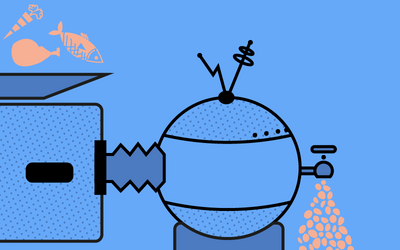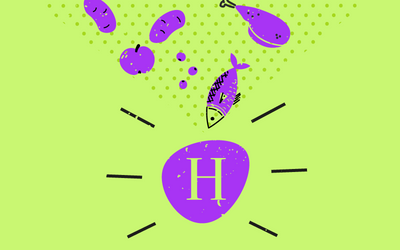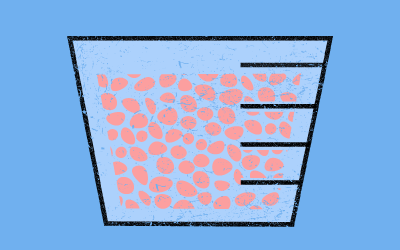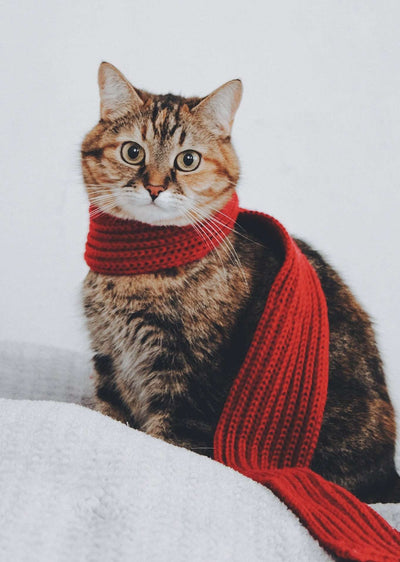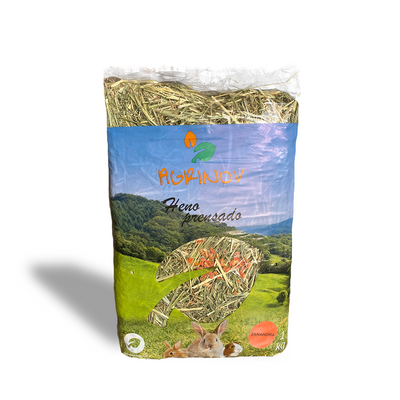Dear friends, amidogs and amicats of “Paraíso Mascota” , I am here to tell you a story that I am sure you will love. This January, while one of my masters was putting the leash on me to go outside, he told me:
- Neska, today we have decorated you and bathed you because we are going to go to a very special place. You are going to meet a very important character for pets.
- I was dying of curiosity. We pets also like to change our routine and see new dog faces. I was tired of so much park. Who would it be?
- The road seemed very long, but finally, we were on Hortaleza Street. And I was left, as you humans say, without speech, well... rather without bark. I was in front of a huge line of humans with their pets, there were not only dogs and cats but animals of all kinds, parrots, guinea pigs, birds, there was even a little pig that I later found out was Vietnamese! What a funny scene!… how right my human was. Well, it turns out that we were celebrating the day of San Antón, patron saint of animals . I had no idea who he was, so I did what I always do…put my dog ear into action. And this is what I heard:
“Saint Anton, also known as Saint Anthony the Abbot, was born around the year 251. In a small town in Egypt into a wealthy family. When he was 20 years old he gave all his wealth to the poor and retired to the countryside to dedicate himself to the contemplation of nature. From this contemplation comes his love for the animals that were his only companions and that gave him the peace he was looking for.”
- Behind us there was a lady who was carrying a Chihuahua dressed in an elegant Mexican blanket. She seemed very knowledgeable and continued telling us the story:
“…In modern times, he said, respect and love for animals seems normal, but in the third century, a time in which the concept we have today of a “pet” was about to be invented, that San Anton granted them "The importance that we give them today and made a statement in their defense, constitutes a very exceptional fact, which is why our patron is so important."
- And I, Neska, totally agreed. Little by little we moved forward in the line and each time we were closer to the image of the saint who had a small javelin at his feet. Would it have any meaning? And my master, who is almost as curious as me, asked without hesitation the owner of the chihuahua.

-And that little javelin that rests at his feet?… Surely, its history is also known.
- Of course!
And he began his story:
“… Legend has it that, on one of his solitary walks, he crossed paths with a Javelin. She was blind and wandering aimlessly. Sheltered behind some bushes, their scared and defenseless babies hid. San Antón, moved, bent down, caressed the javelin's eyes and regained his sight. In gratitude he never left her side. With this healing the popular belief was born that under his blessing the animals would be protected.”
- I loved the story. It speaks of how faithful and grateful we are as animals with whom we care. I like this San Antón better and better. But my adventure was not over and neither was our boss's story.
- But... What are the origins and parts of the festival? – asked my master – and continued with his story while the chihuahua looked at us with a confused face.
“…After the healing of the javelin, admiration for San Antón grew and his cures became increasingly popular in small rural areas where animals were essential for the maintenance of daily life. The oxen plowed the fields; The donkeys transported not only people but heavy loads, and some, like the pig, fed an entire family for a year, in short, when diseases such as the plague came, or plagues and the animals became ill, life in the countryside came to a standstill. and people died. For this reason, the peasants of the towns went on pilgrimages with their animals to the church so that San Antón would bless them and they would enjoy good health during the year. That custom, which was born in the Middle Ages, has survived to this day, except that instead of field animals we bring our domestic pets.”
The festival takes place on January 17 in the church of San Antón , Calle Hortaleza 63 and consists of several parts:
It begins the day before with the sale of sweet rolls or pastries in allusion to the roll that the crow offered him in his famous meeting with Saint Paul in the desert.
At the surprised look on both of our faces, he exclaimed:
- Oh…! Don't you know what the legend says about this meeting?
- Our face and my ears answered his question.
“… Legend has it that on one occasion when he was in the desert meditating with Saint Paul, a crow offered him a roll that he carried in his beak. The rolls and pastries offered to all participants in the party symbolize this moment, and they are so simple because they remind us how hard life is in the desert. This moment was immortalized by Velázquez in 1634 in a painting titled “Saint Anthony the Abbot and Saint Paul the Hermit”. You can find it in the Prado Museum .”

- Already on January 17, the “San Antón tours” take place, which consist of walking with the pets through the streets of Hortaleza, San Mateo, Fuencarral and Hernán Cortés and which remind us of the old medieval pilgrimages.
- And after the famous laps, comes the highlight of the party... The blessing of the animals. This is a very special and fun moment in which all participants parade with their pets to receive the blessing and ask for health and protection for them.
Ah... We forgot to tell you how old he died, well, nothing more and nothing less than 105 years old!!, what do you think? And still, he is alive in our memory every January 17.
As this is a very special day for pets, it is customary to give them a gift, so don't forget to stop by the “Pet Paradise” store and buy a treat or toy.
We hope that you liked the story of San Antón, the patron saint of animals.



